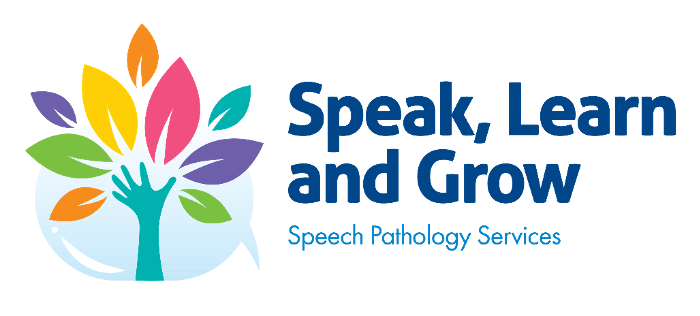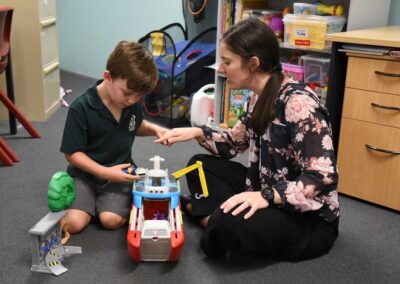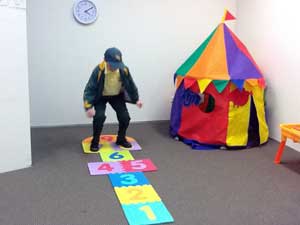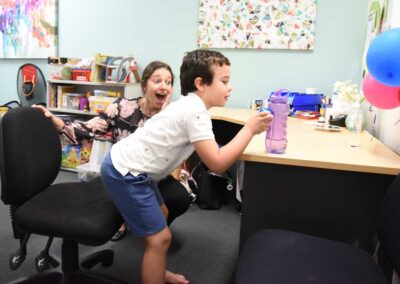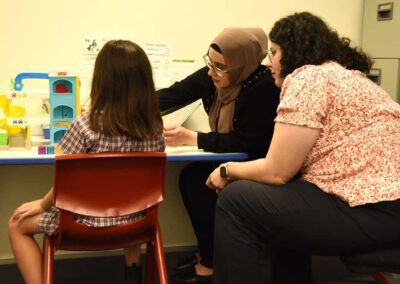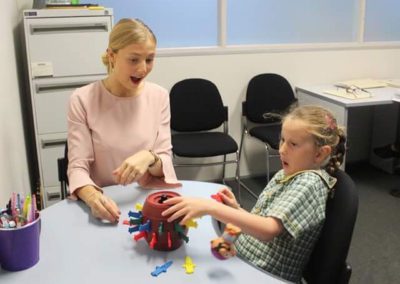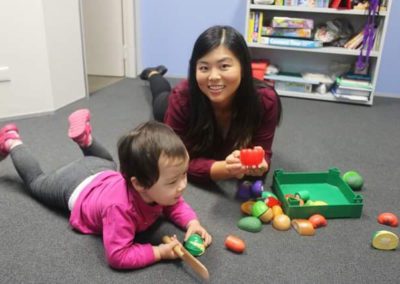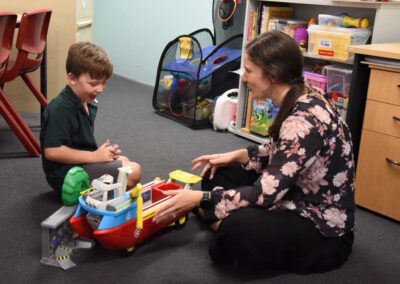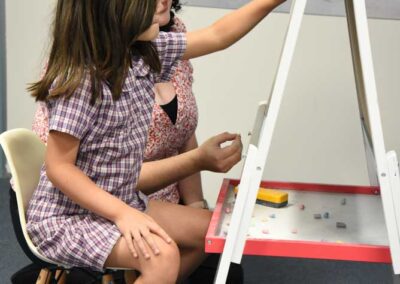Hearing for Speech and Language Development
For most people, communication is developed through the integration of spoken language, hearing, and auditory processing. However, for children with hearing deficits, this seamless flow is disrupted. Hearing is not merely about perceiving sounds; it serves as the gateway to understanding, mimicking, and ultimately mastering skills necessary for speech and language development.
The Early Years: Critical Periods for Language Development
In the early stages of life, when the brain is most plastic and receptive, hearing deficits can have an impact on a child’s acquisition of speech and language. This critical period is when children absorb the nuances of language, making early intervention an important consideration if you feel your child is having difficulties with language or speech resulting from hearing issues.
1. Speech Sound Development:
Hearing deficits can hinder a child’s ability to accurately perceive and replicate speech sounds. This, in turn, affects their articulation skills, leading to potential speech delays. Their articulation of softer sounds like ‘f’, ‘s’ and ‘sh’ is often impacted or a child may not hear, and therefore not articulate, sounds at the end of a word e.g. ‘ca’ instead ‘cat’.
2. Vocabulary Building:
Adequate hearing is essential for vocabulary acquisition. Children with hearing deficits may struggle to grasp the subtle distinctions between words, impacting their ability to expand their vocabulary.
3. Grammar:
Grammatical markings often occur at the end of a word, e.g. past tense, plural, possessive marker. The past tense marker is sometimes pronounced as a ‘t’ sound (e.g. walked, jumped) and children with hearing difficulties may not be able to hear this sound and will consequently omit this marker. The ‘s’ sound is also used to mark several grammatical structures such as plural (dogs), possessive (the girl’s) and verb agreement (she walks). If a child is unable to hear this sound, their ability to learn these grammatical markers will be significantly impacted.
The Ripple Effect: Impact on Social Interaction
Communication is more than a series of sounds and words; it’s key to a person’s ability to engage with their family, friends, and community. Hearing deficits can create barriers to effective communication, influencing a child’s ability to engage meaningfully with peers, family, and educators.
1. Social Isolation:
Children with hearing deficits may feel isolated in social settings where communication relies heavily on spoken language. This isolation can impact their confidence and willingness to participate in group activities.
2. Struggles in Academic Settings:
As educational environments become more language-intensive, hearing deficits may pose challenges in academic performance. Understanding instructions, participating in class discussions, and acquiring new information can become formidable tasks.
3. Emotional Impact:
Communication is a fundamental aspect of expressing emotions and forming connections. Hearing deficits can contribute to frustration, anxiety, and a sense of exclusion, affecting a child’s emotional well-being.
The Path Forward: Support and Intervention
While hearing deficits present unique challenges, early intervention and tailored support can pave the way for meaningful progress. As speech pathologists, our role extends beyond addressing speech sounds; we collaborate with families, educators, and other professionals to create a comprehensive plan for language development.

1. Multimodal Approaches:
Utilizing visual cues, gestures, and sign language alongside spoken language can provide a multimodal approach to communication, addressing the diverse needs of children with hearing deficits.
2. Family-Centred Intervention:
Empowering families with the knowledge and skills to support their child’s communication journey is a cornerstone of our approach. Collaborative efforts ensure a holistic and consistent approach to language development.
3. Hearing Aids and Assistive Devices:
Technological advancements have provided invaluable tools, such as hearing aids, cochlear implants and FM systems, that can enhance auditory input and support language development.
In Conclusion
Understanding the impact of hearing deficits on speech and language acquisition is the first step toward creating a supportive environment for children facing these challenges. By recognizing the intricacies of communication development and embracing a multidimensional approach, we can unlock the potential of every child to express themselves and engage meaningfully with the world. If you believe your child may be experiencing hearing deficits, we strongly encourage you to get their hearing tested by an audiologist, and let your speech pathologist know.

